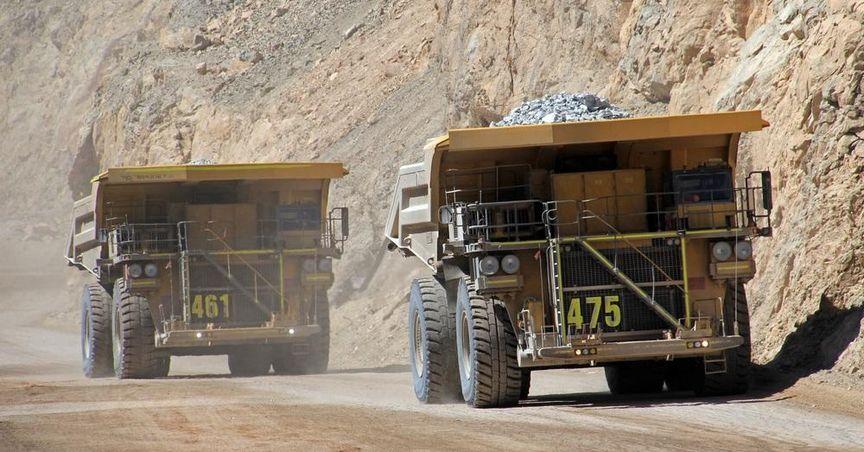Highlights
Surefire Resources launches MLEM survey at Copper Hill Project in Western Australia
Survey targets VMS-style copper sulphide anomalies for refined drill planning
Exploration builds on historical findings of native copper and chalcopyrite indicators
Surefire Resources NL (ASX:SRN), a mining company listed on the ASX 300, has commenced a moving-loop electromagnetic (MLEM) survey at its wholly owned Copper Hill Project, located in the mineral-rich Murchison region of Western Australia. The initiative is a critical step in advancing copper sulphide exploration through refined geophysical analysis.
The campaign aligns with Surefire’s broader exploration strategy and is designed to follow up on previously identified Volcanogenic Massive Sulphide (VMS) signatures that emerged from geochemical sampling and initial drilling.
EM Program Aims to Sharpen Drill Focus
The MLEM survey spans areas of previously recorded copper and zinc anomalies. Conducted by Southern Geoscience Consultants, the program involves the use of advanced high-sensitivity geophysical equipment intended to detect both deep-seated and weakly conductive mineral targets.
A detailed survey design includes over a hundred geophysical stations set across multiple lines, focusing on the most prospective zones flagged by earlier surface and subsurface investigations. These include shallow sulphide indications observed in soil geochemistry, scout drilling, and petrographic reviews.
Surefire’s management highlighted that this systematic phase is crucial to generating data for future drill programs. With proximity to the company’s Yidby Gold Project, only a few kilometres away, Copper Hill remains an active component of Surefire’s Western Australian resource development plans.
Previous Results Support VMS Model
Earlier exploration at Copper Hill has yielded indicators that align with VMS-style mineralisation. This includes the detection of blebby chalcopyrite and traces of associated elements such as zinc, niobium, cadmium, and molybdenum. These findings are reinforced by historical drill logs which reported instances of copper sulphides and native copper.
The geological signatures uncovered resemble those found at Golden Grove, one of the region’s established VMS copper deposits, strengthening the technical rationale behind current exploration efforts.
Geophysical Details and Survey Configuration
The MLEM program’s specifications are tailored to optimise sensitivity in detecting subsurface anomalies. The setup utilises 200-metre transmitter loops and 100-metre station spacing, with key instrumentation including a SMARTem 24 EM receiver system and DRTX transmitter. Fluxgate sensors will capture electromagnetic field components across multiple axes, with red-prioritised lines marking the highest focus areas for initial data capture.





